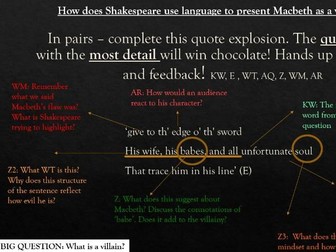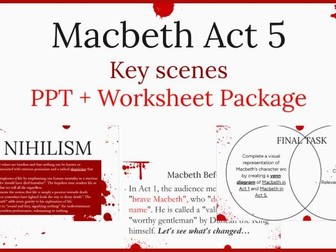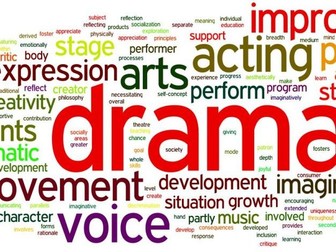Shakespeare and Stagecraft
<p>Aimed at students Y7-Y9 , this scheme of work contains 8 weeks of material focusing around Shakespeare, his plays and how they can be translated onto the stage.<br />
Designed to be multifaceted, the scheme covers everything from language exploration and analysis, through to creative writing, drama and performance as well as stage production and design. I really wanted to get the students engaged with the material and the archaic language, finding the fun in Shakespeare whilst demonstrating the fundamentals of an English curriculum. It may also promote a love for the stage and all things theatre!</p>
<p>The scheme covers Romeo and Juliet, Macbeth, Midsummer Night’s Dream, and Richard III. I have also incorporated references to more contemporary theatre in order for them to engage and draw comparison and influence such as: Hamilton, Hedda Gabler, The Curious Incident of the Dog in the Night Time and Frozen the Broadway musical.</p>
<p>Assessment tasks are included in weeks 4 and 7.</p>








